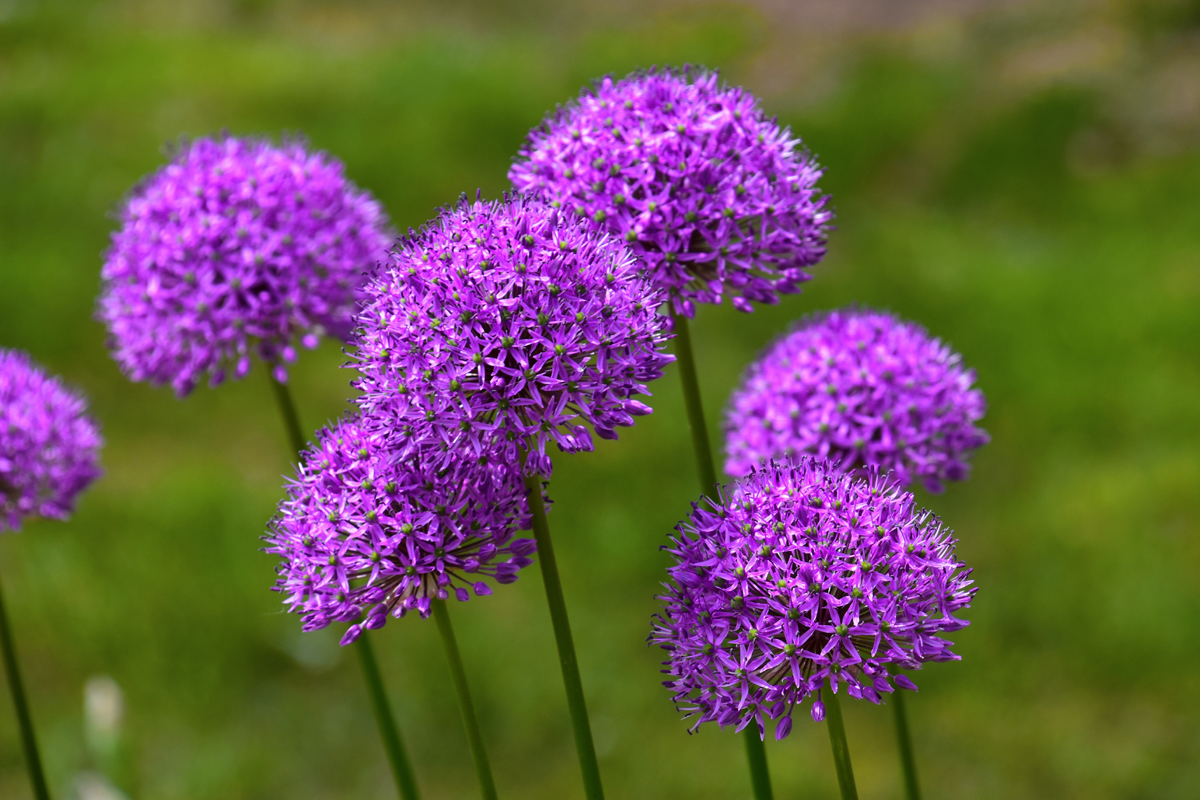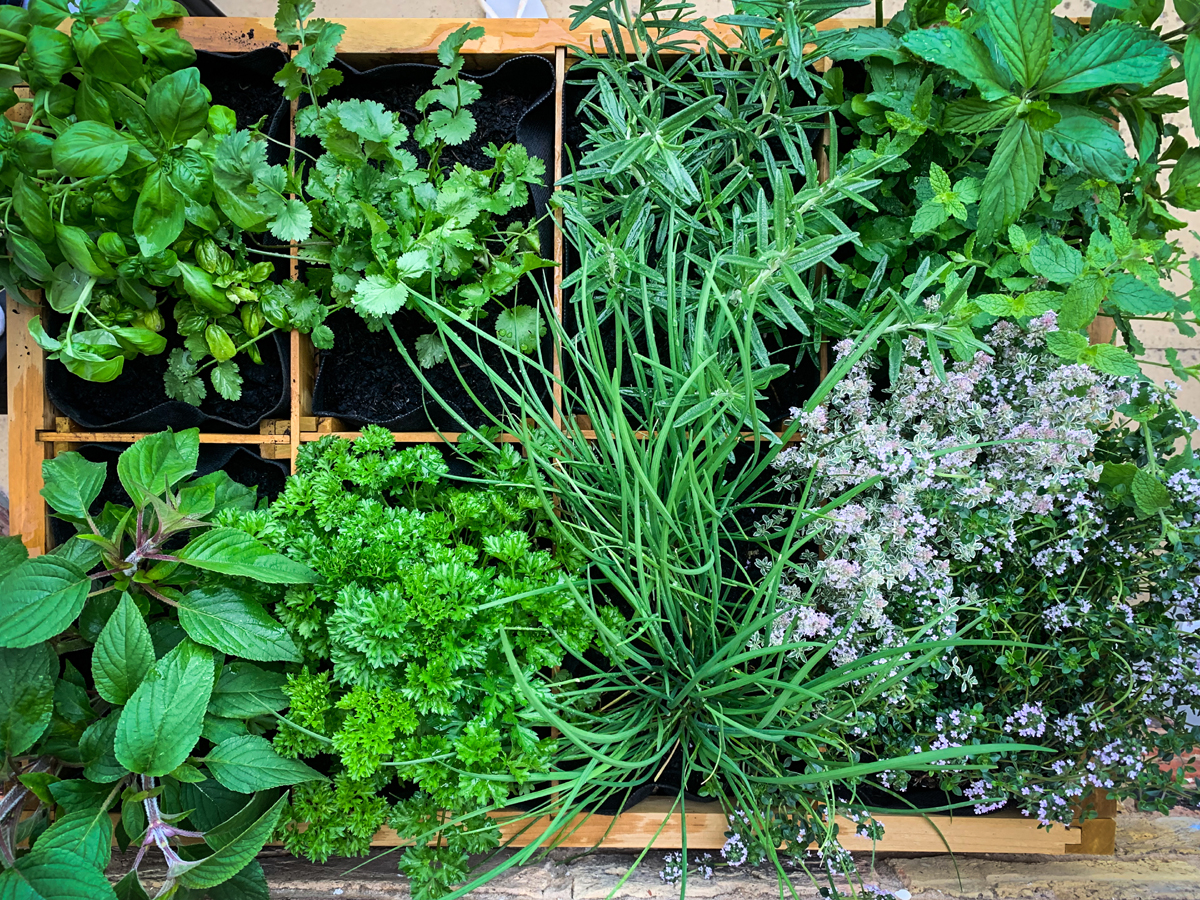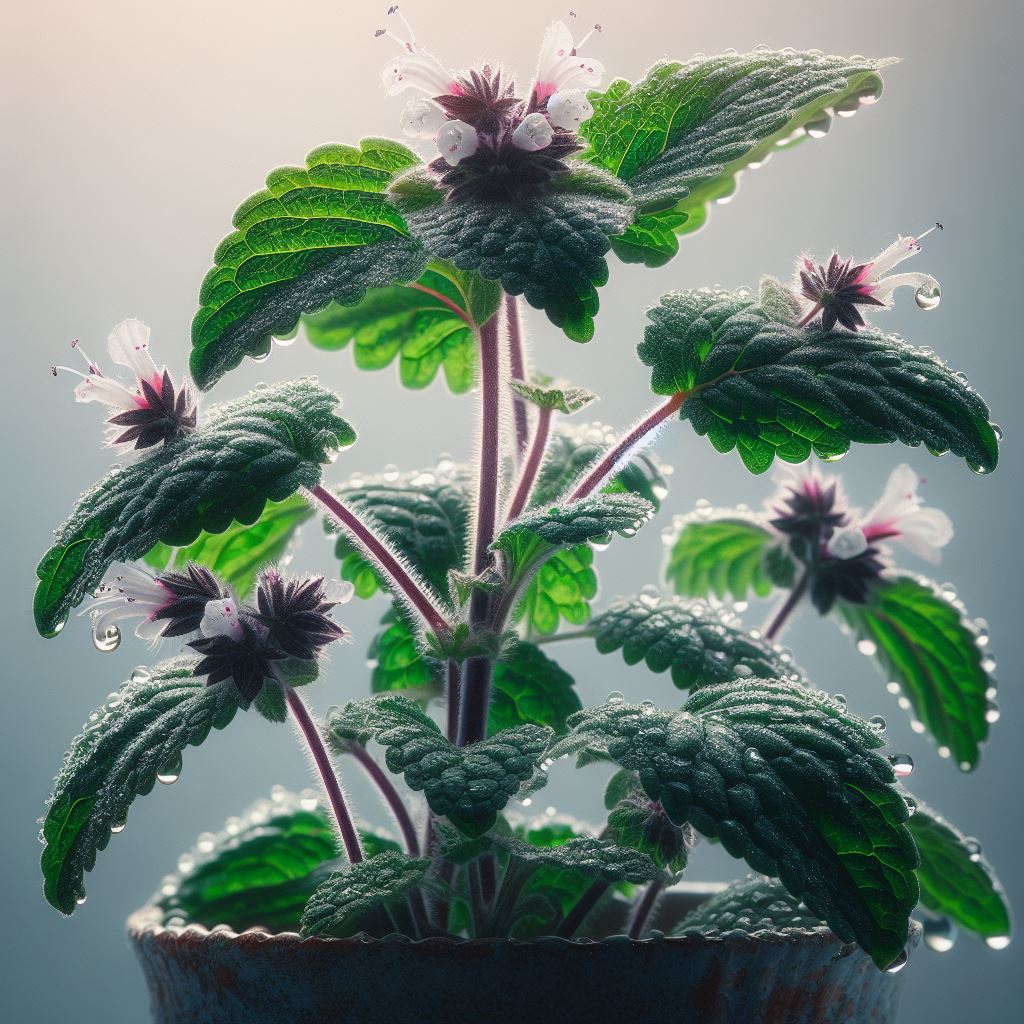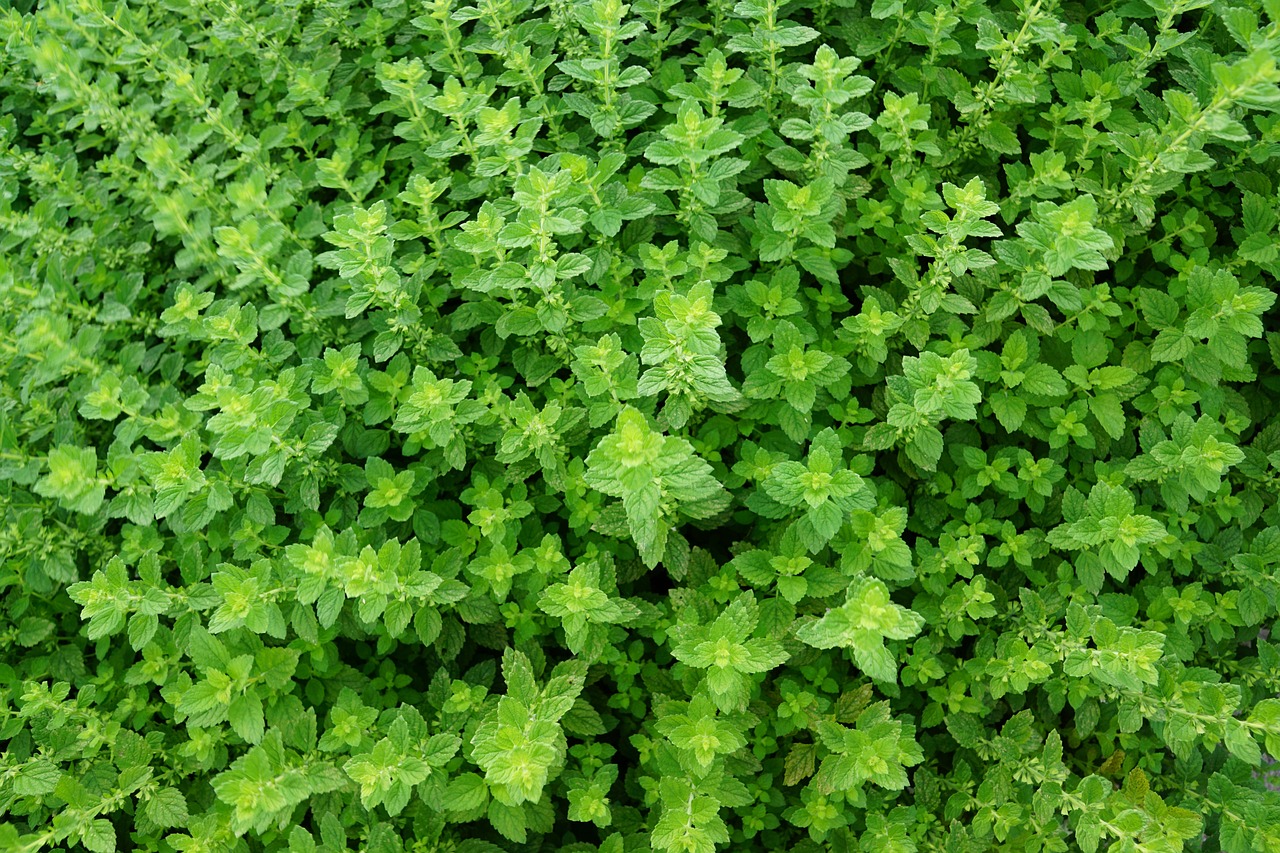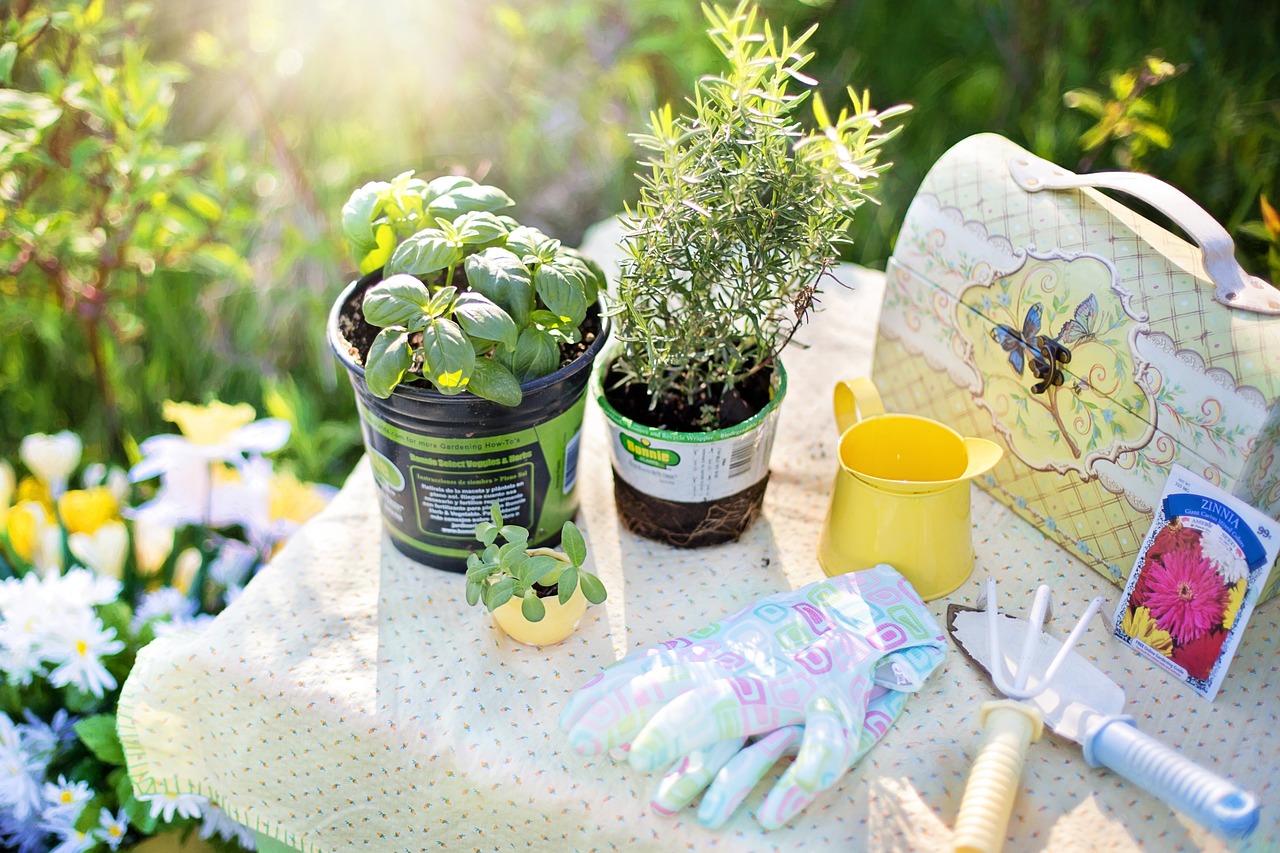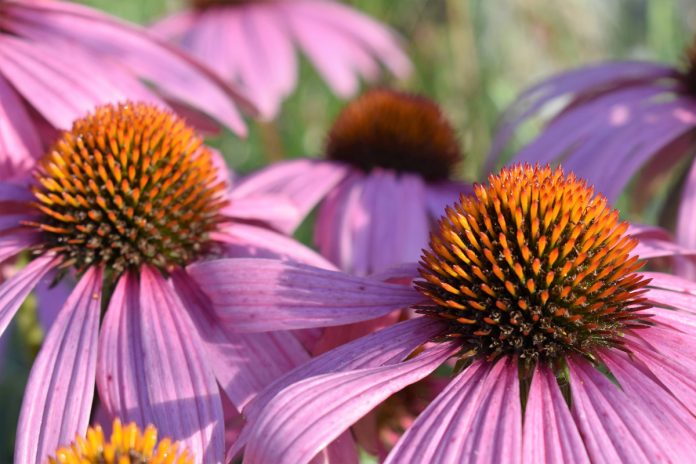Plant Garlic in Autumn for an Abundant Summer Crop
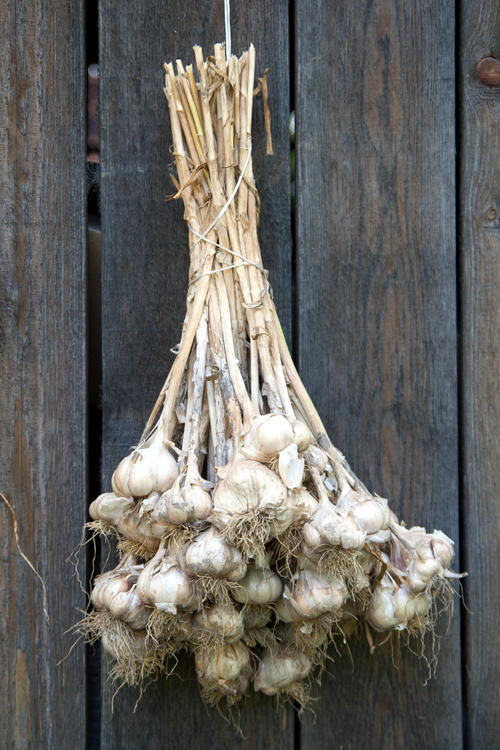
If you want large bulbs bursting with flavor, plant your garlic in the fall. You will have to wait until the next summer to harvest, but it is worth the wait.
Garlic belongs to the onion genus species and is closely related to chives, leek, onions, and shallots. It is cold-hardy, which makes fall-planting favorable for most climates.
The best results are achieved if you plant cloves about four to six weeks before the ground freezes, and the soil is still manageable. The cloves need about that much time to build strong root systems. Don’t worry about the cold. Your crop will go dormant and wake up once warmer temperatures and spring rolls around.
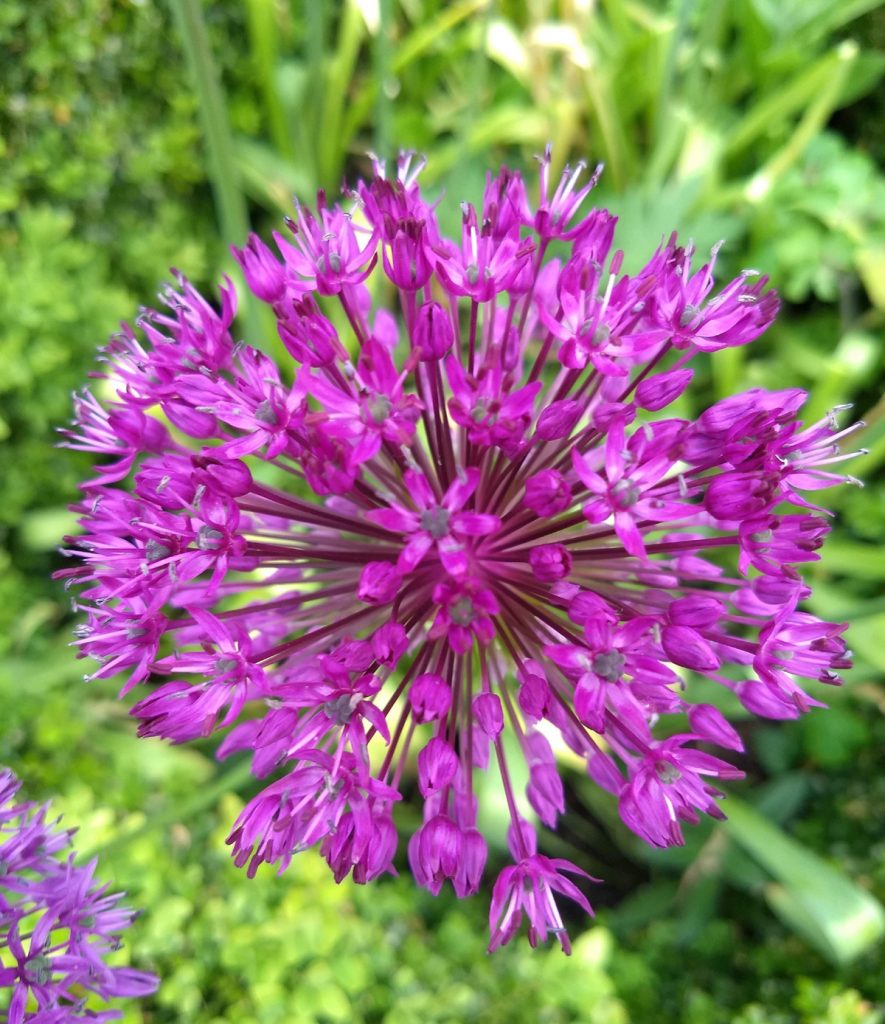
Selecting Quality Garlic Seed Stock
Some gardeners prefer to grow garlic from actual seeds. It is a tough process and one of the reasons most growers prefer using cloves.
Start by researching which varieties grow best in your area and climate. I prefer German White, which belongs to the hardneck garlic family. A moderately spicy flavor and plump cloves set this garlic apart from other varieties. A German White bulb typically has up to six cloves. The bulbs store well in Michigan when kept in a cool area.
You can buy garlic anywhere. It is not recommended to use garlic from local grocery stores as they may have been treated with chemical agents to slow down sprouting. Nonetheless, you can plant the cloves if you are in a pinch. On the other hand, the best results are obtained if you buy bulbs from reputable on- or offline seed dealers. Start with a moderate amount. You can increase your seed supply over the years by using more and more of the cloves you harvested.
Garlic Planting Time
Plant too late and the root system will be weak. Plant too early and the cloves grow above ground shoots. Find out for your area when frost sets in. Check the weather forecasts online. Start planning when temperatures start to go down and stay low.
Planting Instructions
Prepare your planting bed by adding well-composted manure. Remove weeds. Garlic prefers a well-drained, sandy-clay soil. Separate and inspect the garlic bulbs you selected for seed just before planting. Remove blemished cloves.
I lay all the seed cloves out on the bed to eyeball acceptable spacing distances. Space the seed about six to eight inches apart. Plant them at least three inches deep in the ground, with the pointy end facing up. Water the bed thoroughly. Keep the soil moist to allow the cloves to grow roots. You may even need to water during the winter if you live in a mild climate. Do not overwater as the seed will rot.
Popular Garlic Varieties
- Softneck garlic has a flexible stalk and keeps longer. Silverskin and artichoke are usually sold at supermarkets.
- Hardneck varieties have fewer, larger cloves. They are more delicate because they have a thinner outer bulb wrapper. This also reduces their shelf life. I dehydrate most of my garlic and grind it into garlic powder, which will stay fresh until the next season. The three main hardneck garlic types are porcelain, purple stripe, and rocambole.
Companion Planting
The sulfur that garlic accumulates as it grows turns it into a natural fungicide. This can be beneficial to plants attracting pests easily. Naturally-occurring fungicide can help protect your plants from diseases.
Garlic works well in various situations as long as it is grown in full sun. Plant it near broccoli, cabbage, carrots, cauliflower, eggplant, fruit trees, herbs, kale, kohlrabi, peppers, roses, tomatoes, etc. It does not like parsley, peas, potatoes, or legumes like beans. Try not to plant these near your garlic.
Tips
-
- Garlic is very hardy. Many varieties perform best when subjected to harsh winter weather. Try several varieties to determine which are most suitable for your garden.
-
- Calculate how many bulbs you need for planting and add 2 or 3 as some cloves may have blemishes. Brown spots can develop over time. They may not be noticeable until you start separating the cloves right before planting.
-
- Store garlic for seed away from those bulbs you want to use in the kitchen. It prevents that you accidentally use your seed.
-
- I cover my garlic bed with straw. It keeps moisture in, protects against extreme cold temperatures, slows down weeds, and adds extra nutrients when the straw starts to decompose.
-
- Garlic deters Japanese beetles and aphids. Use garlic tea to repel potato blight.
-
- Use grass clipping to cover the bed if you have no straw.
Are you experimenting with several varieties? Be sure to keep them separate and label the beds.
The Author:
Irida Sangemino is an accomplished permaculture adviser, homesteading expert, and instructor.
Photo. The Success

